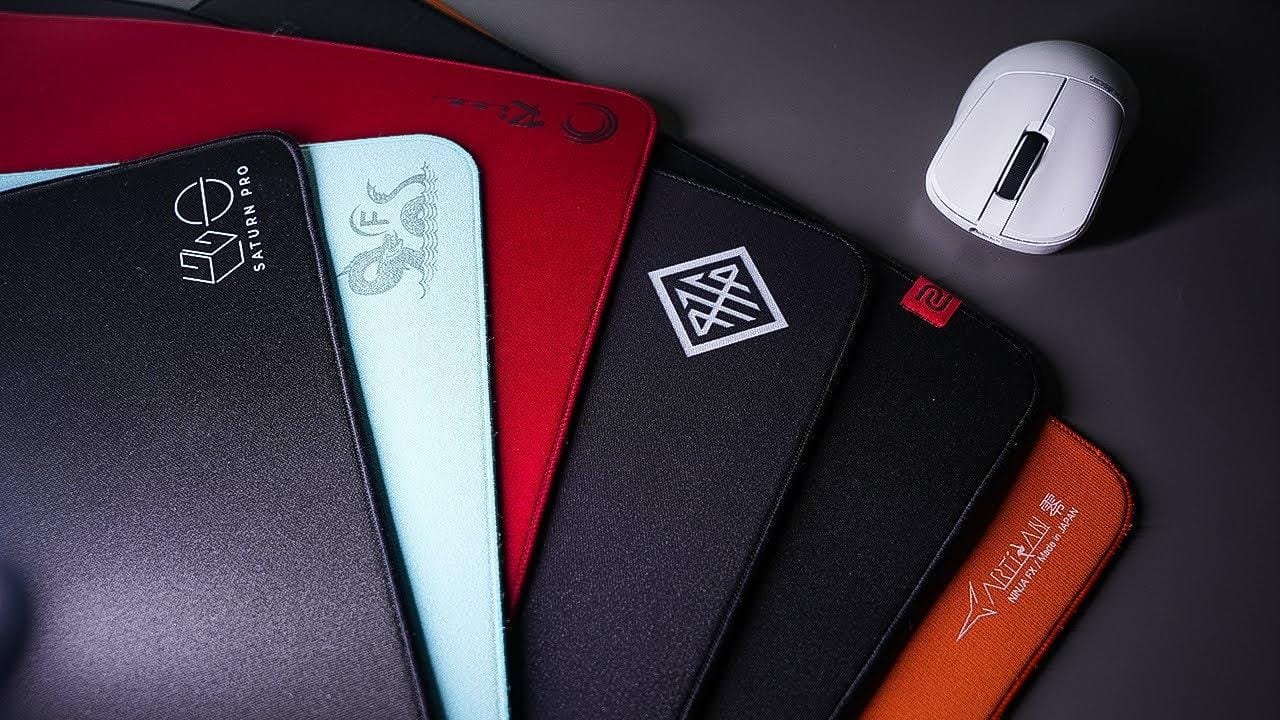

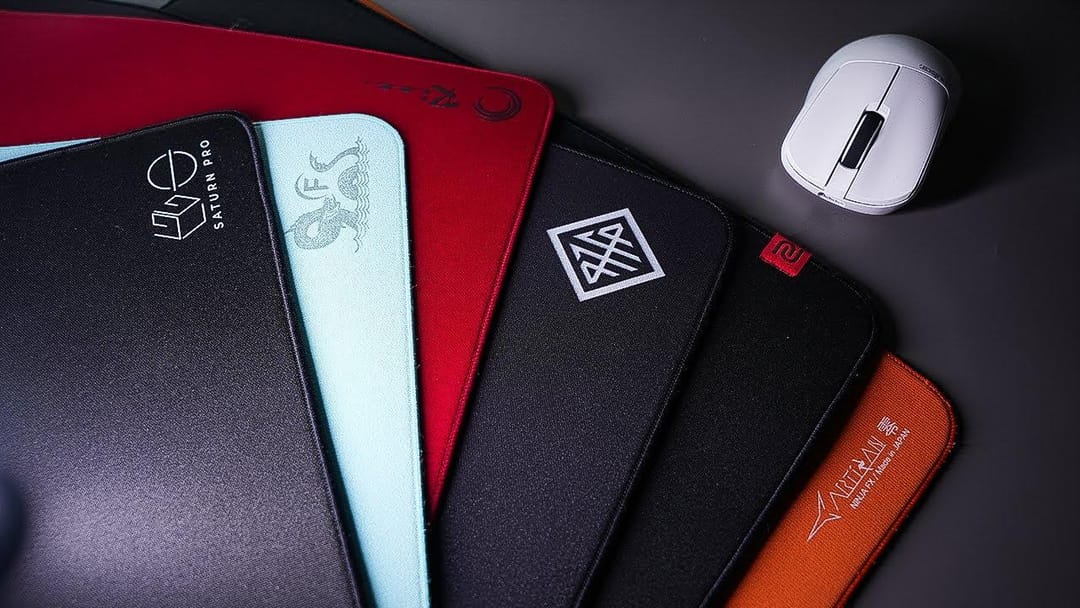
When I first heard about gaming mousepads, I rolled my eyes thinking, “Isn’t a mousepad just a slab of cloth to keep my mouse from scratching the desk?”
But after nearly hurling my mouse across the room during a sweaty Overwatch match, I decided to give these fancy mousemats a shot, and you know what? I haven’t looked back since.
So, let me spill the beans on whether a gaming mousepad could be your new best friend or just another dust collector on your desk.
Picture this: you’re back in the 1980s, maybe sporting some rad neon leg warmers and jamming out to your cassette tapes. Mechanical ball mice are all the rage, and desk surfaces weren’t made for smooth scrolling.
Enter the OG retro mousepads, tiny squares of foam meant to keep those clunky mice rolling around like they were on a freshly waxed bowling lane. Over the decades, mice went optical, then laser, and now, they might as well beam your tweets to Mars. And along with these technological leaps came the transformation of the modern mousepad.

Flash forward to 2024: we’ve got gaming mousepads that could practically double as runway models. Companies use terms like “micro-textured surfaces” and “optimized tracking” as if discussing a Formula 1 pit stop. The materials range from cloth and rubber to aluminum and even glass, and enough RGB lights illuminate some pads to make your Christmas tree jealous.
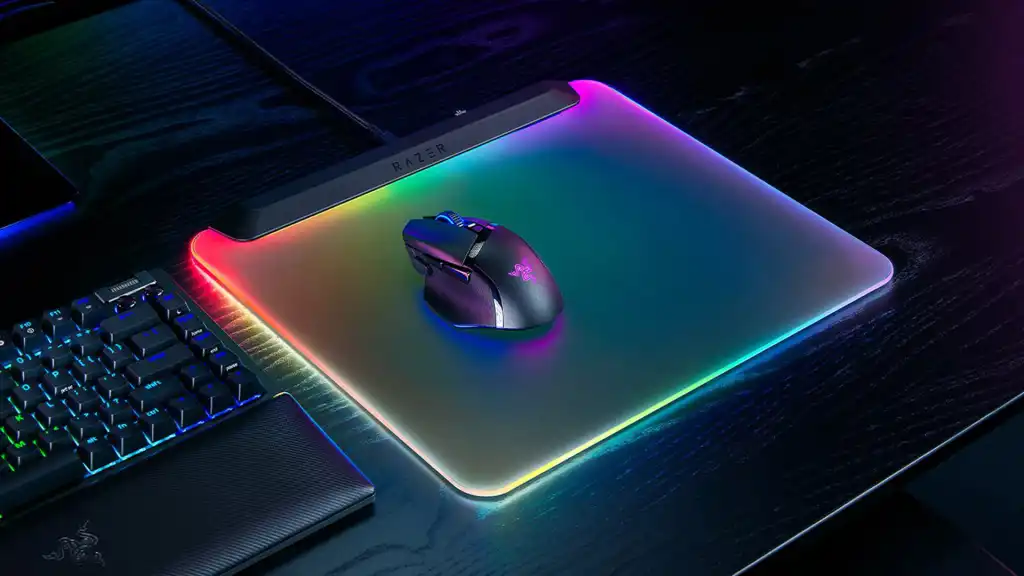
If you’ve ever tried to play Valorant on a wobbly old desk or a glossy magazine, you know how crucial a consistent surface is. Gaming mousepads usually have this magical texture that works great with optical and laser mice. It’s like the red carpet for your mouse: no random bumps or weird friction, just smooth gliding.
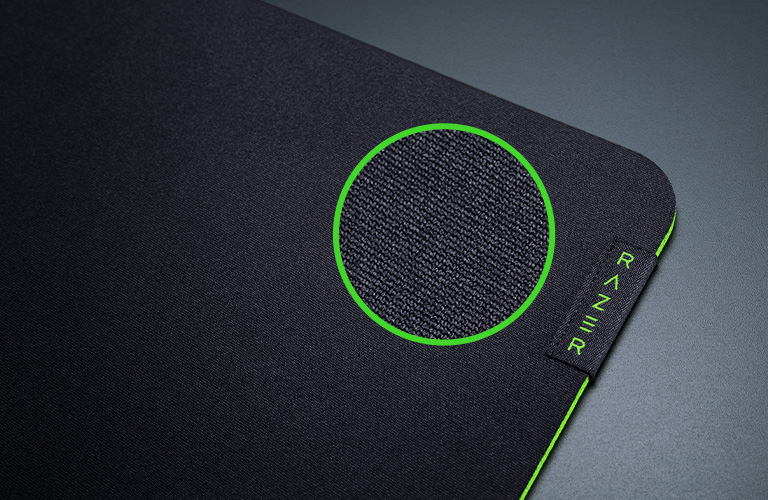
Most standard mousepads start fraying around the edges after some gaming sessions. In contrast, the best gaming mousepads often come with reinforced stitching and coatings that help them withstand those panicked swipes and occasional coffee spills.
Many gaming mousepads these days are practically the size of a red carpet. These “extended” pads give you room to maneuver, especially if you’re one of those low-DPI diehards who must swing your arm like you’re swatting a mosquito in VR.
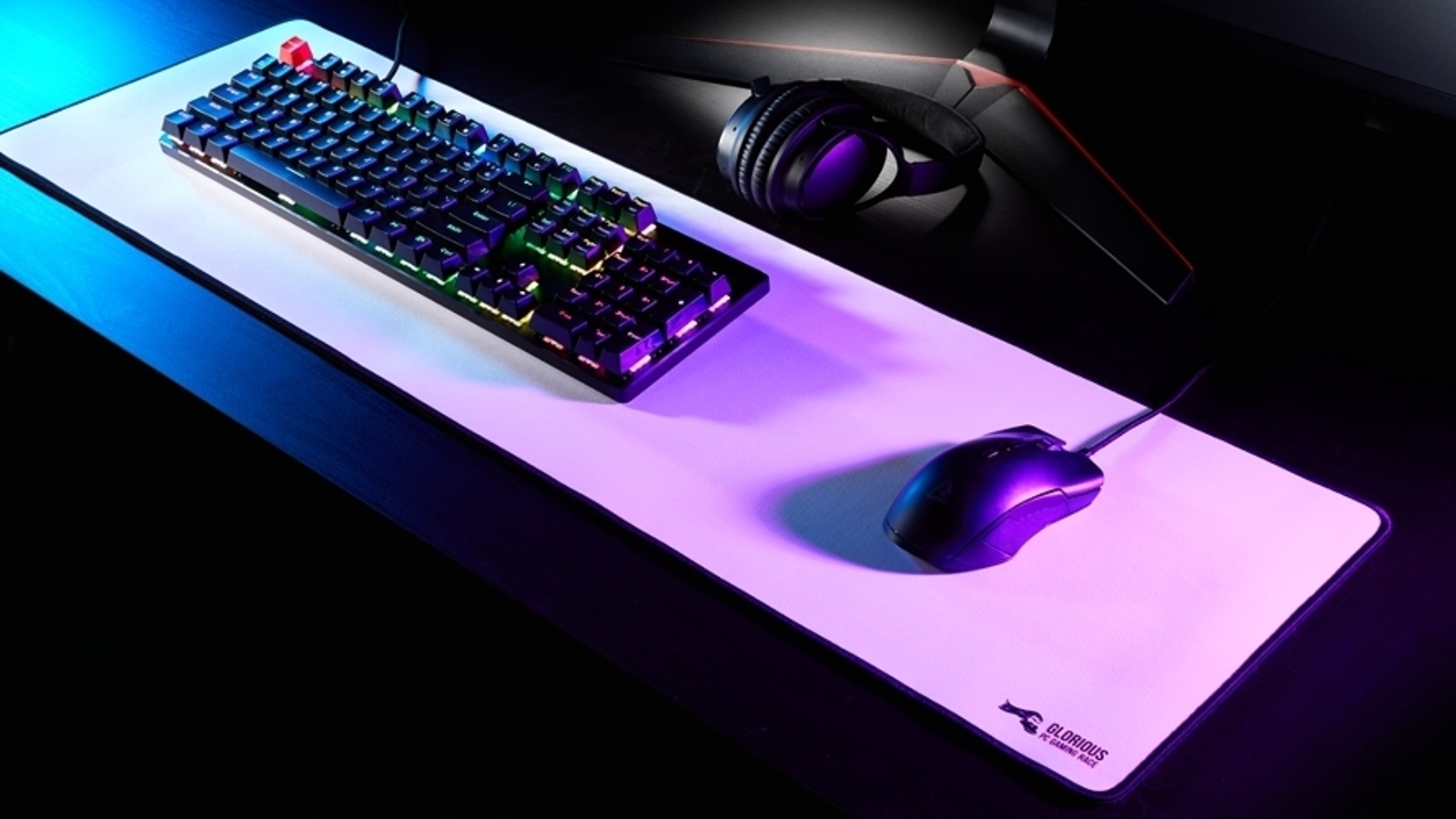
Do you know how your wrist feels after a few hours of gaming? A cushy gaming mousepad can help. Thick padding and anti-slip rubber bases mean your wrist gets a little love, too. It won’t replace a good wrist stretch every hour, but it sure beats grinding your wrist against a hard desk.
Let’s not pretend looks don’t matter. We’re in an era where folks spend hours color-coordinating their gaming rig, from the glow of their AIO CPU cooler to the hue of their keyboard backlight. A gaming mousepad with rainbow LED edges or the latest Cyberpunk 2077 theme? Yes, please.
If you’re competing in the latest Valorant tournament or grinding to hit Radiant with Valorant coaching, the consistency and precision of a gaming mousepad can help you squeeze out that extra edge. Sometimes, those little tweaks separate the good players from the great.
You'll notice the difference in games where speed and precision are king, like Valorant or Dota 2. Quick flicks, 180-degree turns, all that jazz, they’re smoother and more predictable on a gaming mousepad.
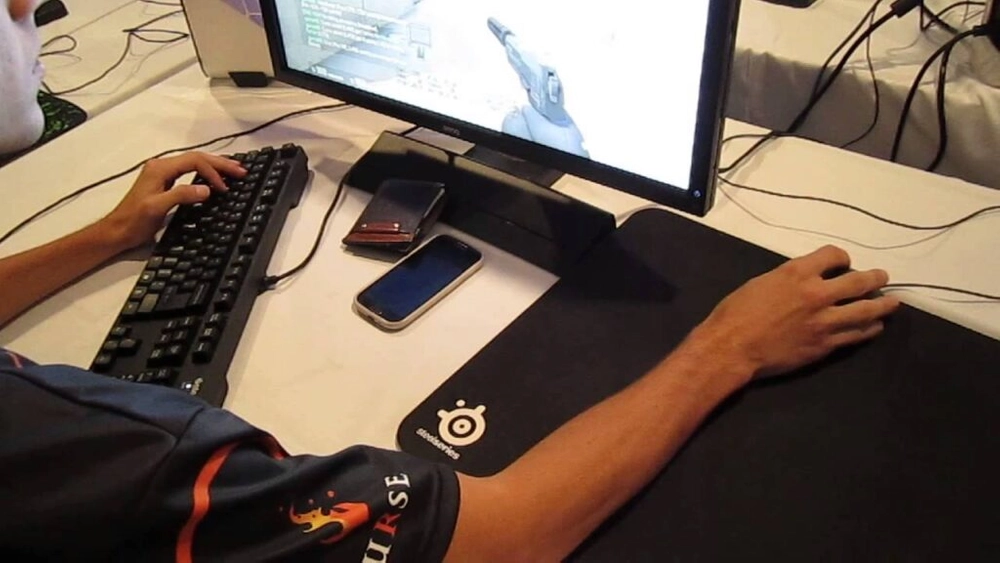
Whether you’re lost in Elden Ring or binging the new Final Fantasy expansions, long sessions can do a number on your wrist. The ergonomic benefits of a thick, stable pad can help keep you comfy so you can rack up those achievements without racking up medical bills.
So, let’s tackle the million-dollar question: Is a gaming mousepad worth your hard-earned cash? It might be time to upgrade if you’ve noticed any of the following while gaming: shaky aim, wrist fatigue, or frayed edges.
No, a snazzy pad won’t transform you into the next Faker overnight, but it can literally and figuratively smooth out some of the rough edges in your gameplay.